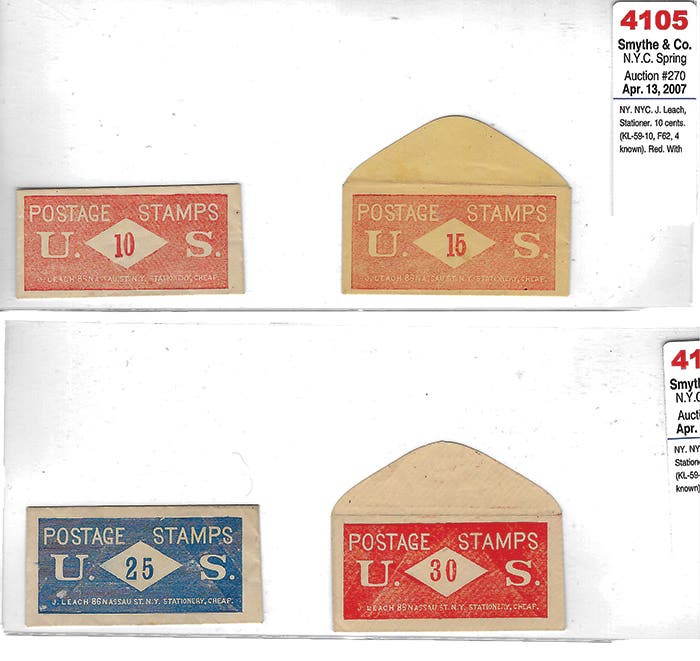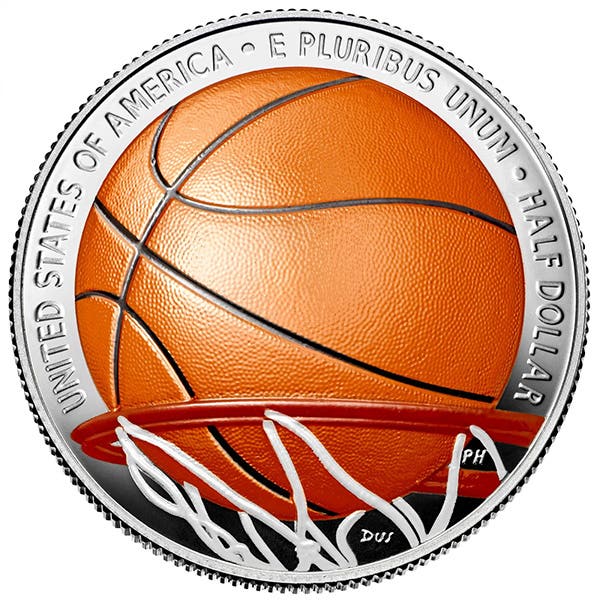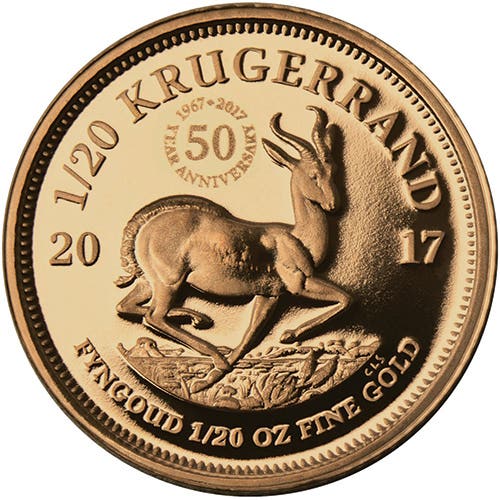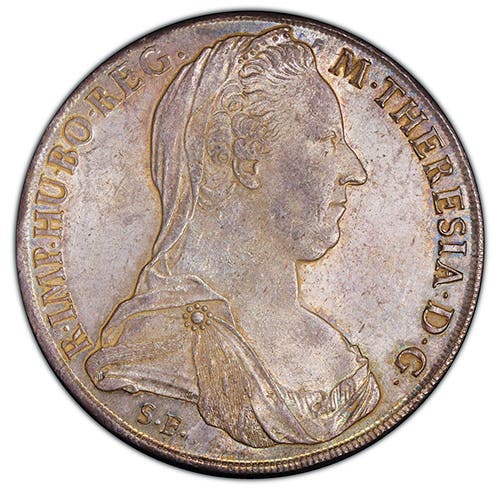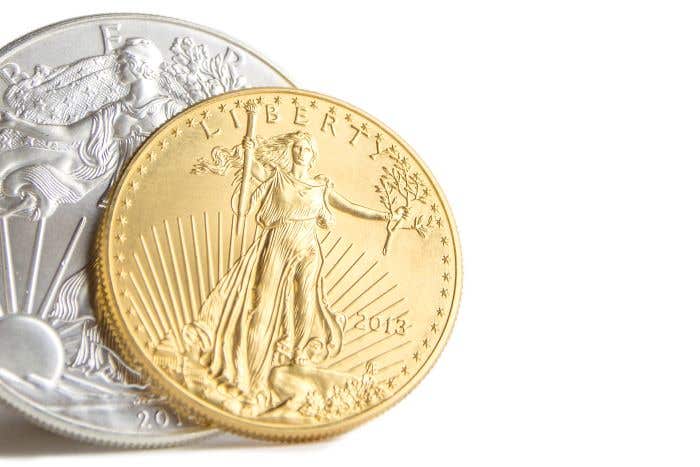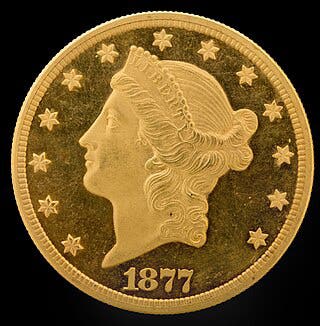Metal Depositors Chose Denominations
■ Is it my imagination, or are there more Capped Bust half dollars generally available than of the minor coin denominations of the same dates? Banks and other depositors supplied…
■ Is it my imagination, or are there more Capped Bust half dollars generally available than of the minor coin denominations of the same dates?
Banks and other depositors supplied the Mint with gold and silver during the early 19th century. The denominations into which this bullion was to be minted was at the discretion of that depositor. Most chose the largest denomination available in each metal, which at that time would have been the half dollar and the $10 eagle. Just as in England, the public’s demand for small change mostly fell on deaf ears.
■ Where and when did elongated coins begin?
The first elongated coins were produced at the 1893 World’s Columbian Exposition in Chicago. There are several designs to be collected from that event. These were followed by the Charles Damm-designed elongated coins produced at the 1901 Pan-American Exposition in Buffalo, N.Y.
■ Which elongated coins are more likely to be valuable?
Elongated coins from the 1893 and 1901 expositions are not only the earliest such issues, but they tend to be the most popular among collectors. The “second class” of elongates doesn’t start until 1965 when there was an influx of privately produced rollers. The “contemporary” period began in 1985 when private individuals became the primary elongated coin producers.
■ Is there a specialty club I can join if I want to collect elongated coins?
The Elongated Collectors, or TEC, is the national organization for people interested in collecting this form of exonumia. The organization had a presence at the recent American Numismatic Association convention in Chicago, can be found online, and has a presence on Facebook.
■ Why is it legal to make an elongated coin? Isn’t this defacing the coin?
US Code Title 18, Chapter 17, Section 331 prohibits “the mutilation, diminution and falsification of United States coinage.” The statute doesn’t prohibit the mutilation of coins if those mutilated coins are not used fraudulently. In other words, you can’t mutilate a nickel to make it fraudulently become a dime.
■ Are elongated coins able to be made in other countries, or is this strictly an American thing?
Producing an elongated coin from a legal tender coin is permissible legally in the United States, portions of Europe including the United Kingdom, and in South Africa. It is illegal to make an elongate from a Canadian coin in Canada, but it isn’t illegal to make one from a U.S. coin.
E-mail inquiries only. Do not send letters in the mail. Send to Giedroyc@Bright.net. Because of space limitations, we are unable to publish all questions.




